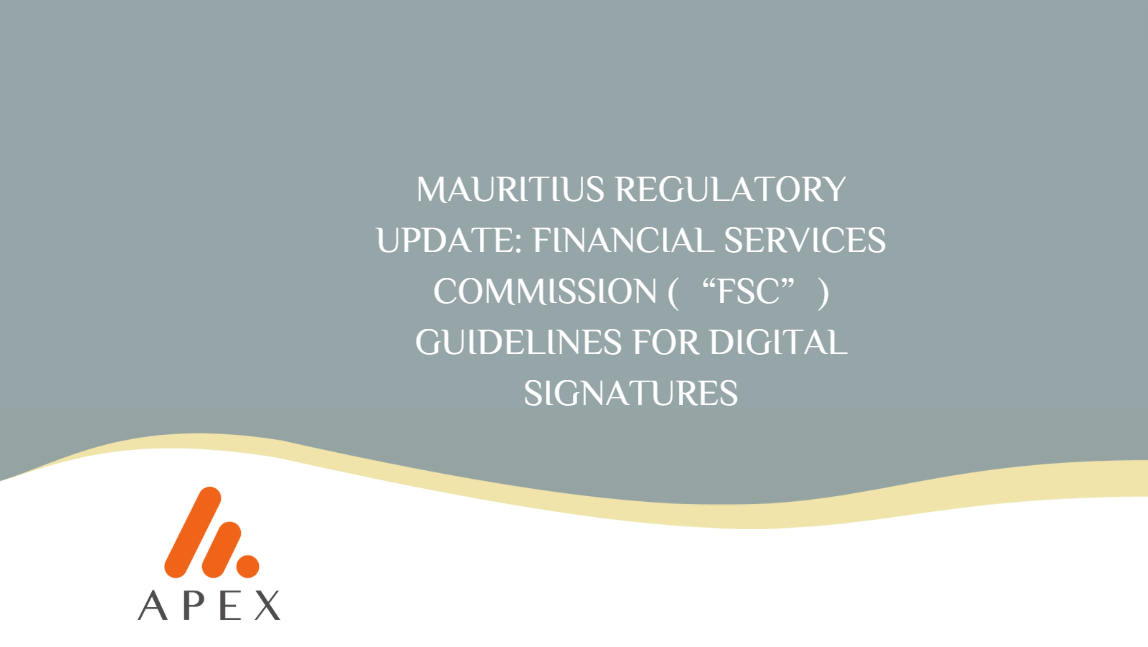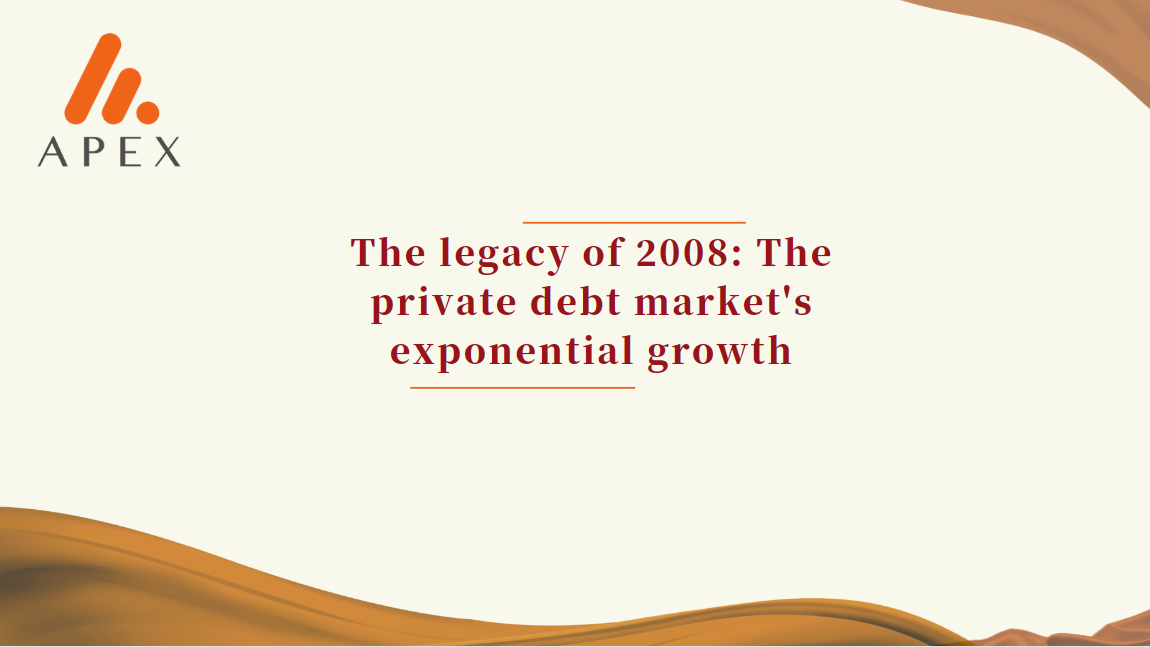Private equity's fundraising issue: A diagnosis for key decisions ahead
Private equity managers faced a limited landscape for fundraising in 2023, but there are untapped opportunities to pursue, such as the private wealth domain.
For private equity managers, the fundraising environment is completely different from the one they enjoyed in 2021, but there are silver linings around a limited horizon in front of them.
Globally, private equity managers are facing a slower, more challenging fundraising cycle than the deal fest of 2021, when the total capital raised hit a high point in a year, with the most fund closings in history.
A total of $578.9bn was raised overall in 2021, not far behind the previous record of $583bn in 2019.
Between 2019 and 2022, in fact, more than $2trn was raised globally by private equity managers. With leverage, the total purchasing power of those funds is estimated to be above $5trn.
But in recent months sentiment has faded and the capital flow from institutional investors has slowed. Our report, The Growth and Evolution of Private Markets, provides a detailed analysis of how fundraising conditions have reached this state, but also the opportunities to unlock capital that lie ahead.
The denominator effect
A major influence on private equity fundraising has been described as the denominator effect. This refers to lower valuations in equities which can artificially inflate private equity allocations and exert a material impact on limited partners (“LPs”).
As our report finds, LPs have reduced commitments to private equity managers or paused new investments altogether to get their allocations back in line with targets.
At the same time, rising interest rates have made fixed-income opportunities more attractive, and some LPs are opting to reallocate capital to fixed-income products at the expense of private equity funds.
In certain countries, such as Japan, exchange rate pressures are leading to a numerator effect. A weaker yen is causing commitments to dollar-based funds - and the capital calls required to implement them - to become more expensive. In those cases, Japanese LPs are opting to reduce fund recommitments.
Finally, a drop in private equity exits is reducing the amount of capital being distributed back to LPs. This capital would typically have been recycled into new private equity funds.
The upshot of these factors is a limited, tightened trading environment for managers to raise new funds. As our report notes, raising new capital will be hard for midsized generalist funds, as LPs continue to prefer specialists and large funds with top-tier performance.
Despite such challenges, silver linings can be found in 2024.
Routes of opportunity
One option is for private managers to explore opportunities in developed markets, where a flight to quality has pushed North America and Europe’s share of global fundraising above 90%, up from 68% in 2016.
Market commentators, as well as investment companies themselves, have also pointed to the potential of private wealth to fill a gap.
Blackstone’s general partner, president, chief operating officer, and director Jonathan D. Gray said that retail wealth provided “an enormous opportunity” for private equity (Blackstone, 2023).
He told analysts: “There's $85trn of wealth in accounts where people have more than $1m to invest. On average, folks in the individual investor space are only allocated 1% or 2% to alternatives as opposed to our institutional clients who are 25% or 30%. So there seems to us to be a lot of runway in this area”.
According to S&P, there is by various estimates $75trn to $85trn in global private wealth held by individuals who qualify to invest in alternative assets (S&P, 2023). Unlocking this potential could offer a critical path forward in 2024.
There are also anecdotal reports of institutional investors exploring new forms of cash distribution, such as taking stakes in their own funds, and in turn enabling LPs to then recycle the proceeds as commitments to new funds.
Our report explores further fundraising dynamics and the trends around sustainability, automation and granular reporting that will shape the private debt markets in 2024.
How can we help?
We have developed tools to help our clients manage their funds using technology, automation, and streamlining tools. We understand the pressures and constraints of managing funds big and small, data-driven insights, and time-saving tools can have a big impact on bottom lines and, ultimately, returns.
To find out more contact our team.























































First, please LoginComment After ~